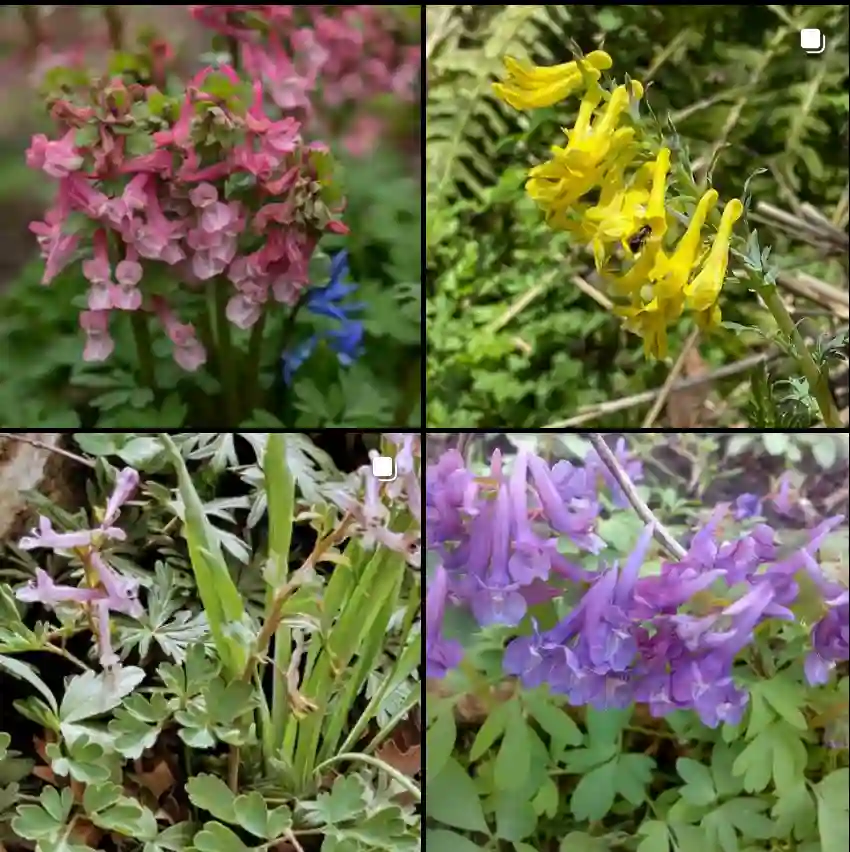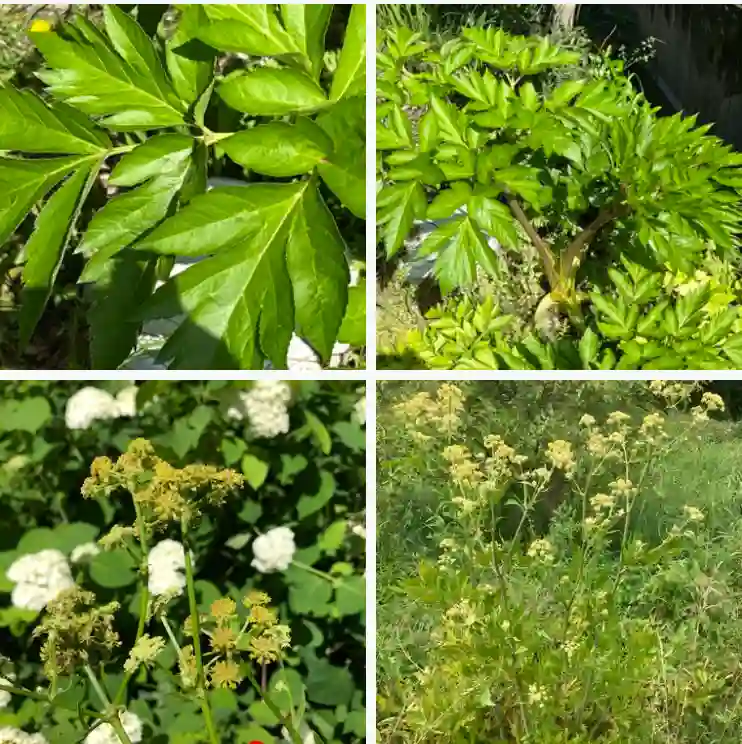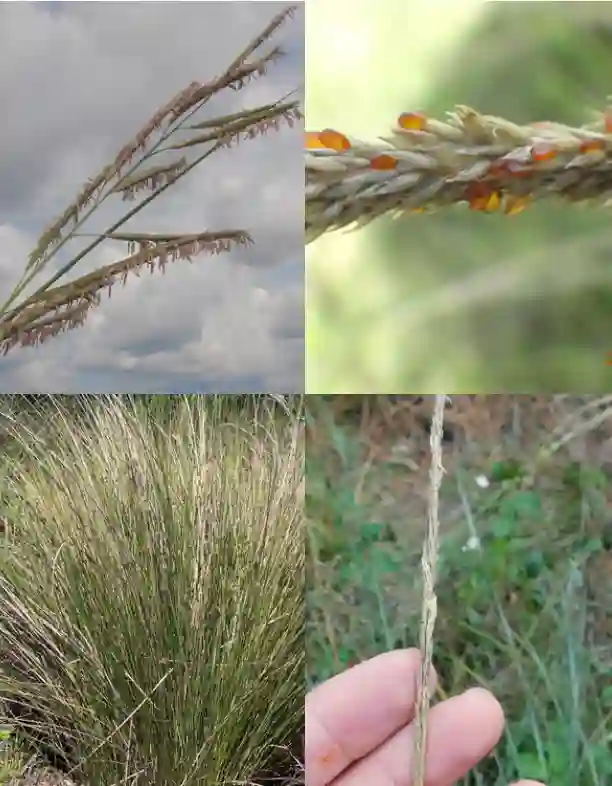What Is Quercus Kelloggii Named After?
When exploring the world of trees, Quercus Kelloggii, commonly known as Kellogg Oak, often piques curiosity. This majestic tree is named after the American botanist and explorer Albert Kellogg. Kellogg was instrumental in cataloging many plant species in the 19th century, and his contributions to botany were honored by naming this oak after him. His work in the Sierra Nevada region of California led to a better understanding of the local flora, including this iconic oak species.
657 Species in Genus Quercus
How to Identify Quercus Kelloggii?
Identifying Quercus Kelloggii can be straightforward once you know what to look for. This oak is known for its distinctive characteristics:
- Leaf Shape and Size: The leaves of the Kellogg Oak are deeply lobed, usually with 5 to 7 lobes. They are relatively large, ranging from 4 to 8 inches long, with a dark green, glossy upper surface and a lighter, hairy underside.
- Bark: The bark of Quercus Kelloggii is grayish-brown and relatively smooth when young, becoming furrowed and scaly with age. It’s often described as having a rugged appearance, which adds to the tree’s charm.
- Acorns: The acorns are another identifying feature. They are small to medium-sized, with a distinctive cup that covers about one-third of the nut. The cup is often shallow and has a somewhat warty texture.
- Growth Form: This oak typically grows as a medium to large tree, reaching heights of 50 to 80 feet. Its canopy is broad and open, providing a generous amount of shade.
Quercus Kelloggii vs Rubra
Comparing Quercus Kelloggii to Quercus Rubra, or Northern Red Oak, reveals some notable differences. While both are impressive oaks, they have distinct features:
- Leaf Shape: Quercus Rubra has leaves that are lobed but typically have fewer lobes than Quercus Kelloggii. The lobes are more pointed compared to the rounded lobes of Kellogg Oak.
- Acorns: Northern Red Oak acorns are larger than those of Kellogg Oak. They have a deep cup that covers more of the nut and a smoother surface compared to the warty cup of Quercus Kelloggii.
- Bark: The bark of Quercus Rubra is a light gray and becomes ridged with age, whereas Quercus Kelloggii’s bark is more rugged and darkens as it matures.
- Geographical Range: Quercus Kelloggii is native to California, specifically the Sierra Nevada region, while Quercus Rubra is found in the eastern and central parts of North America.
How to Care for Quercus Kelloggii?
Caring for a Kellogg Oak involves understanding its needs and providing the right environment:
- Soil: This oak prefers well-drained soils, often found in its native mountainous habitats. It can tolerate a range of soil types, but it thrives in loamy or sandy soils.
- Watering: Once established, Quercus Kelloggii is relatively drought-tolerant. However, regular watering during dry periods helps maintain its health and vigor.
- Sunlight: Kellogg Oaks prefer full sun to partial shade. They need ample sunlight to grow strong and maintain their characteristic lush foliage.
- Pruning: Minimal pruning is required. Remove any dead or damaged branches to maintain the tree’s health and structure.
How to Propagate Quercus Kelloggii?
Propagating Kellogg Oak can be done through seed or grafting:
- Seeds: Collect acorns in the fall when they are mature. Soak them in water for 24 hours, then plant them in a well-drained seed-starting mix. Keep the soil moist but not waterlogged. Germination can take several weeks.
- Grafting: For those with more advanced horticultural skills, grafting a young Kellogg Oak onto a rootstock can be a viable propagation method. This technique is usually done in the spring or early summer.
What to Plant With Quercus Kelloggii?
Kellogg Oak pairs well with a variety of companion plants:
- Understory Plants: Consider planting shade-tolerant plants like ferns or wildflowers underneath the oak. They will thrive in the filtered sunlight that the oak provides.
- Ground Covers: Low-growing ground covers such as creeping thyme or vinca can complement the oak and reduce weed growth around its base.
- Other Trees: Quercus Kelloggii can be planted alongside other native California trees, such as California Bay Laurel or Ponderosa Pine, to create a diverse and naturalistic landscape.
Can You Grow Quercus Kelloggii Indoors?
Growing Quercus Kelloggii indoors is not recommended. This tree requires a large amount of space and a specific climate to thrive. Its size and growth requirements make it more suited to outdoor environments where it has room to grow and develop its full potential.
Is Quercus Kelloggii Toxic?
Quercus Kelloggii is not considered toxic to humans or pets. However, the acorns can be a choking hazard, so it’s wise to keep them away from young children and pets.
Benefits of Quercus Kelloggii
The Kellogg Oak provides several benefits:
- Ecological Value: It supports local wildlife by providing food and habitat. Its acorns are a crucial food source for various animals.
- Aesthetic Appeal: With its attractive foliage and stately presence, Quercus Kelloggii adds beauty and grandeur to landscapes.
- Shade: Its broad canopy provides excellent shade, making it a valuable addition to outdoor spaces for cooling and comfort.
Common Problems
Common issues with Quercus Kelloggii include:
- Pests: Watch for pests like oak mites or scale insects. Regular monitoring and treatment can prevent significant damage.
- Diseases: Fungal diseases such as oak wilt can affect Kellogg Oaks. Ensure proper care and prompt treatment to manage these issues.
Compare with Other Confused or Similar Items
When comparing Quercus Kelloggii with other oaks, such as Quercus Rubra or even other California oaks like Quercus Agrifolia (Coast Live Oak), consider the differences in leaf shape, acorn characteristics, and geographical distribution. Each oak species has unique traits that cater to specific landscapes and ecological needs.
By understanding these facets of Quercus Kelloggii, you can appreciate its role in the environment and make informed decisions about incorporating it into your landscape or garden.
If i die, water my plants!



